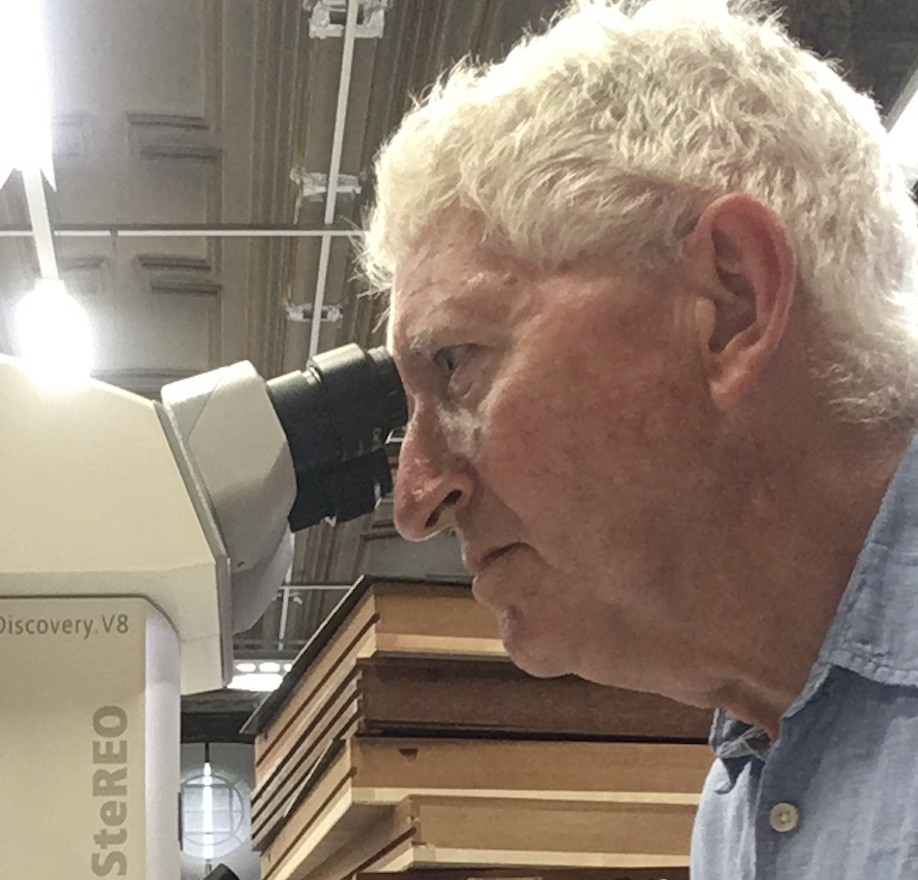The caterpillar is the eating and growing stage of a butterfly or moth, and is little more than a cylindrical bag of plant-digesting machinery. Without the wings of the adult to disguise itself or fly away, a caterpillar must use other means to prevent it being eaten by its innumerable avian enemies.
There are two body styles at either end of a broad range of caterpillar shapes and sizes. The smooth tubular form of the angle shades moth Phlogophora meticulosa is mottled drab greys, browns and greens, enabling it to blend in with the curled and discoloured leaves on which it is feeding, hopefully overlooked by visually hunting birds.
On the other hand, the bizarre psychedelic monstrosity of the fancily coloured and strikingly tufted caterpillar of the vapourer moth Orgyia antiqua relies on it being as unpalatable as a boot brush should any bird try to swallow it.
Image swallowtail caterpillar Papilio machaon
